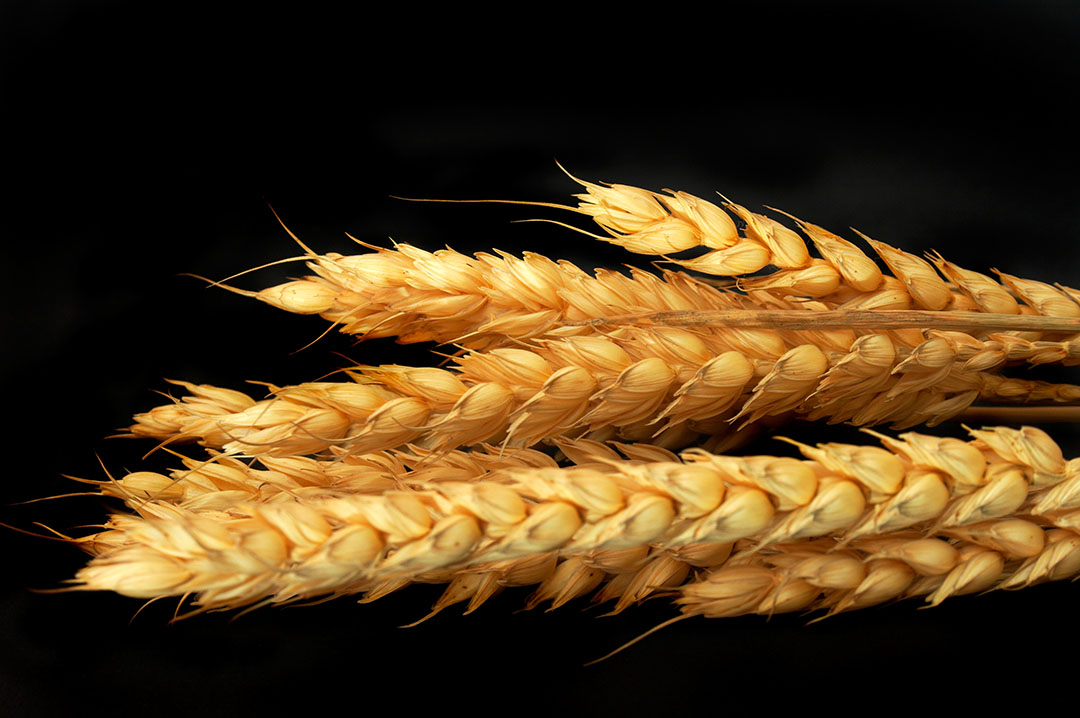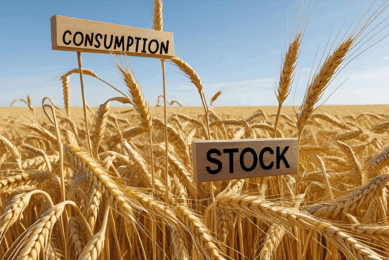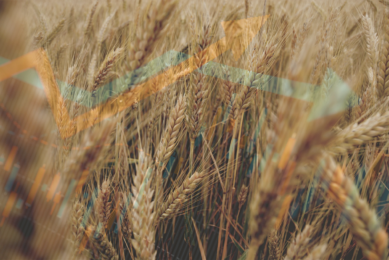WASDE report: More wheat, less coarse grains

In December 2018, the USDA released its first WASDE report of the new year. The January edition was cancelled and postponed until 8 February, due to lack of federal funding.
In the latest WASDE report from 8 February, the world situation of grains and livestock is analysed. For raw materials, the USDA writes the following.
Increase for world wheat
World production of wheat for the 2018/19 market year is raised 1.3 million tons, led by a 1.6 million ton increase for Russia, a 0.6 million ton increase for Brazil, and a 0.5 million ton increase for Paraguay. These changes are partly offset by a 1.1 million ton decrease for China and a 0.3 million ton decrease for Argentina. All these production changes reflect updated government statistics and harvest results.
Wheat exports up
Global exports are raised 1.3 million tons led by a 0.7-million-ton increase for Pakistan on reports of new export subsidies. Russian exports are raised 0.5 million tons and Paraguay is raised 0.4 million tons, both on larger exportable supplies. In contrast, Australia’s exports are lowered 0.5 million tons on a slow pace to date, and Argentina exports are down 0.2 million tons reflecting the smaller crop. Global use for 2018/19 is raised 2.0 million tons, primarily on a 2.0 million-ton increase in China feed and residual use. With global use rising more than supplies, world ending stocks are lowered 0.6 million tons to 267.5 million.
Lower global coarse grain production
Global coarse grain production for 2018/19 is forecast 1.5 million tons lower to 1,372.1 million. This month’s foreign coarse grain outlook is for increased production and consumption, and marginally lower trade. Foreign corn production is forecast higher with increases for Argentina, China, and Ukraine more than offsetting reductions for South Africa and Mexico. Argentina’s corn production is up based on higher expected area and yield, with abundant rainfall and benign temperatures over the past two months boosting yield prospects. China and Ukraine are higher based on the latest official statistics. South Africa is lowered as heat and dryness during the month of January, particularly in the western producing areas, reduces yield prospects.
Major global trade changes coarse grains
Major global trade changes for 2018/19 include increased corn exports for Argentina and Ukraine, partially offset by reductions for South Africa and Mexico. For 2017/18, Argentina’s exports are reduced with a partially offsetting increase for Brazil based on observed shipments to date for the local marketing years that both started in March 2018. Imports are raised for South Africa for the marketing years that both started in May 2018. For 2018/19, imports are raised for Chile but lowered for Venezuela. China’s barley imports are reduced, while barley exports are lowered for Australia. Foreign corn ending stocks are higher, mostly reflecting increases for Argentina and China. Global corn stocks, at 309.8 million, are up 1.0 million.
Lower global ending stocks soybeans
Global 2018/19 soybean marketing-year ending stocks are lowered 8.6 million tons this month to 106.7 million, which is an 8.6-million-ton increase over the 2017/18 estimate. In addition to crop related changes, this month’s lower global ending stocks forecast reflects historical balance sheet revisions for Argentina (back to 2009/10) and Brazil (back to 1999/00). The revisions were motivated by supply and demand conditions indicating that beginning stock levels for the 2017/18 local year should be higher in Brazil and lower in Argentina than previously estimated. Additionally, these revisions are more in line with historical stocks revisions made in late 2018 by Argentina’s Ministry of Agriculture and Brazil’s Association of Vegetable Oil Industries (ABIOVE). With Argentina’s 2018 crop falling 30% below initial projections due to the drought, soybean stocks are assumed to be lower than prior estimates. The post-drought stocks-to-use ratio had been projected at 38% for the 2017/18 local year (April 2018-March 2019). The USDA’s estimates are guided by Argentina’s official crush, trade, and production data. Projected stocks are reduced with upward revisions to residuals, which take into account supplies needed for reported use, statistical errors, and possible unreported demand during the past decade. While stocks are reduced for Argentina, Brazil’s stocks are revised higher starting in 1999/00.
Revision of export situation of soybeans
Record exports during October 2018-January 2019, the end of Brazil’s 2017/18 local year (February 2018-January 2019), motivated the revisions. Record late-season exports made it apparent that, in addition to a record crop, beginning stocks were higher than previously estimated. Brazil’s ending stocks were revised over several years to increase supplies in order to meet reported use through 2017/18. For more information, read the USDA Foreign Agricultural Service’s Oilseeds: World Markets and Trade and the Economic Research Service’s Oil Crops Outlook February reports.
Source: WASDE











